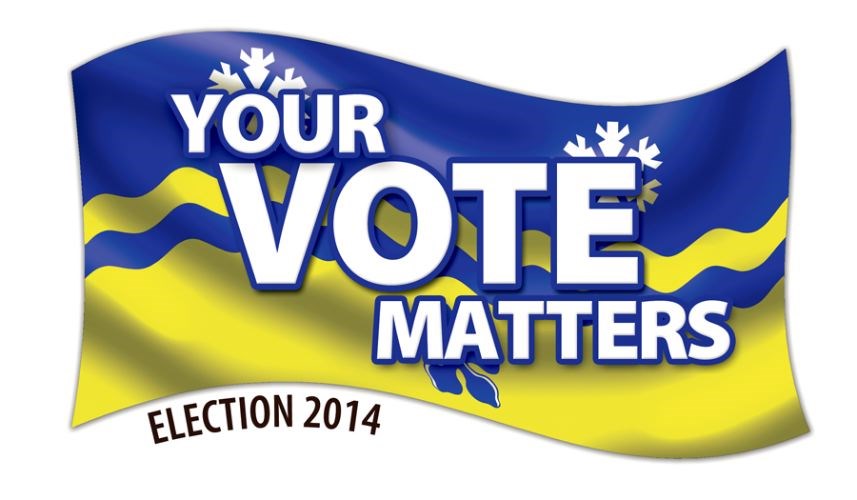The election signs are out but the real race won't start until after nominations close on Friday afternoon. Only then will local residents know the full slate of candidates running for positions on Prince George city council, the board of the Regional District of Fraser Fort George and the School District 57 board.
Election signs are a necessary evil when it comes to any campaign, whether it comes to municipal, provincial or federal votes. Signs do nothing to inform voters about where the candidates stand on the various issues. Rather, they are simply there to create name recognition.
The challenge for candidates with their signs is where should they go and how many should they put out on their limited budget. Even the candidates that seem to have signs everywhere make careful decisions about location and visibility, particularly with larger signs. That's why major intersections like Highway 16 and 97, 16 and Domano, 97 at 15th, 10th and 5th, as well as busy streets like Queensway, Foothills, University Way, Ospika and Massey will be dotted with signs.
For the more cost-conscious candidates, some choose the most visible spots, even though those spots are crowded with other signs from their competitors, thereby decreasing the effectiveness of the sign to register in the eyes of the passing public.
Others, however, take a more thoughtful approach and target the specific neighbourhoods of the city where they are known best or where their message resonates most. Instead of trying to get a few votes from a broad pool of voters, these candidates try to get more votes from a smaller pool of supporters. Although Prince George doesn't have a ward system, meaning that the mayor and councillors are all elected at large and don't represent specific areas of the city, some candidates work hard to win key neighbourhoods. That targeted approach can make a difference between winning a seat and being an also-ran.
When Dan Rogers ran against incumbent mayor Colin Kinsley in 2005, a poll taken the week before the election saw a dead heat and the final tally was very close. Kinsley won by 642 votes or about 3.7 per cent of the ballots cast. Rogers won the Blackburn, Lakewood, Malaspina and hospital polling stations while Kinsley carried the Beaverley and Ron Brent locations, as well as the advance poll. Kinsley won the election at Austin Road and Edgewood. Those two voting locations, both north of the Nechako River, accounted for 465 of Kinsley's extra votes, more than two-thirds of the gap between the two main contestants.
The difference was the Cameron Street Bridge. Kinsley wanted an immediate replacement built for the aging one-way wooden bridge, while Rogers wanted to make a new Nechako crossing part of a new dangerous goods route through Prince George. With no timeframe of when that route and a new bridge would be approved, impatient North Nechako and Hart residents made their feelings known at the ballot box and decided the 2005 mayoral election.
Kinsley wisely had a huge sign at the top of First Avenue and Carney Street, right where drivers would normally have turned right to head across the Cameron Street Bridge but were now forced to turn left and then navigate through the Fifth Avenue bottleneck leading up to Highway 97 and the John Hart Bridge. That daily reminder to an important bloc of voters tipped the scales to Kinsley.
So while it may seem that campaign signs are being scattered across the city haphazardly like seeds in the winds, the most savvy candidates are placing their signs on fertile ground and hoping those signs yield a bumper crop of votes.



